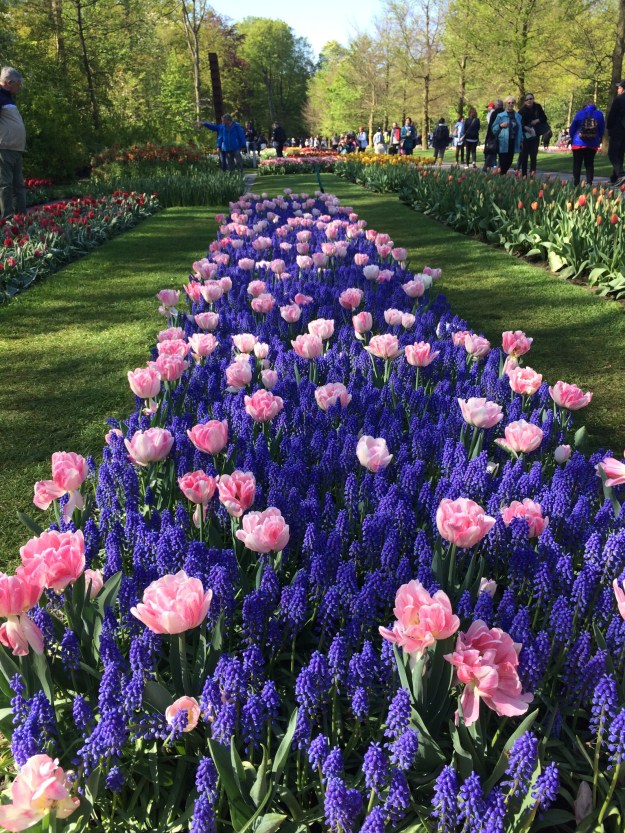Wendy had a busy but delightful day ahead for us. Firstly, off to the National Trust Prior Park Landscape Gardens, on the outskirts of Bath, in the morning. Work on this large Georgian parkland was begun in 1734 and was much more formal than can be seen today. Nevertheless, the panoramic views, water-bird inhabited lakes and woodland flower beds are wonderfully relaxing. We followed the terraced garden paths down to the lakes and the eye-catching Palladian Bridge (Italian des, which is one of only four remaining intact in the UK.




Found a ranger who was monitoring a pair of nesting swans and she was good enough to show us the nest with eggs intact. On over the fields, where we observed many wild grassland flowers, grazing cows and a group of rambling dog walkers. Popped into Prior Park College, a boarding school for children from wealthy families, and had a quick look at their chapel.




After a lovely cup of tea, we set off for the City of Wells and its Cathedral. A bustling town with the Cathedral and Bishops Palace and Gardens set in a somewhat quiet corner. The Cathedral is over 850 years old and the first built in the UK in the Gothic style. Its features a medieval clock face and scissor arches. The clock features an astronomical face dial and a pair of jousting knights that chase each other on the quarter hour. In 1248, the central tower of the Cathedral collapsed due to an earthquake and a new tower was built in 1315-22. However, it wasn’t long before the strain of the extra weight was noticed and the scissors arches added in 1338-40 to support the structure.






Across the way to the Bishops Palace and gardens. We decided not to enter the building due to time as we wanted to get to Cheddar Gorge with enough time to look through the caves.



Cheddar Gorge is on the edge of the Mendip Hills, a range of limestone hills rising above the Somerset Levels. Famous for its caves, where cheese is well matured, due to its perfect humidity and temperature. We started our visit with a short walk through the small village and booking a caves tour. Joy found a cute little shop (pictured) and we found a lovely group of knitters in the backroom of the local church.





Time for our cave tour and we made our way into the cool recesses of limestone caves. Dark passages lit sporadically with small lights and large ponds and ceilings reflecting the colours and shapes of minerals and stalactites.
























































































































































